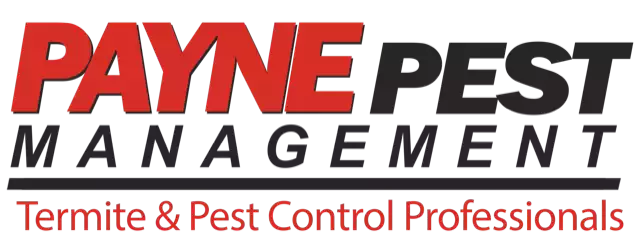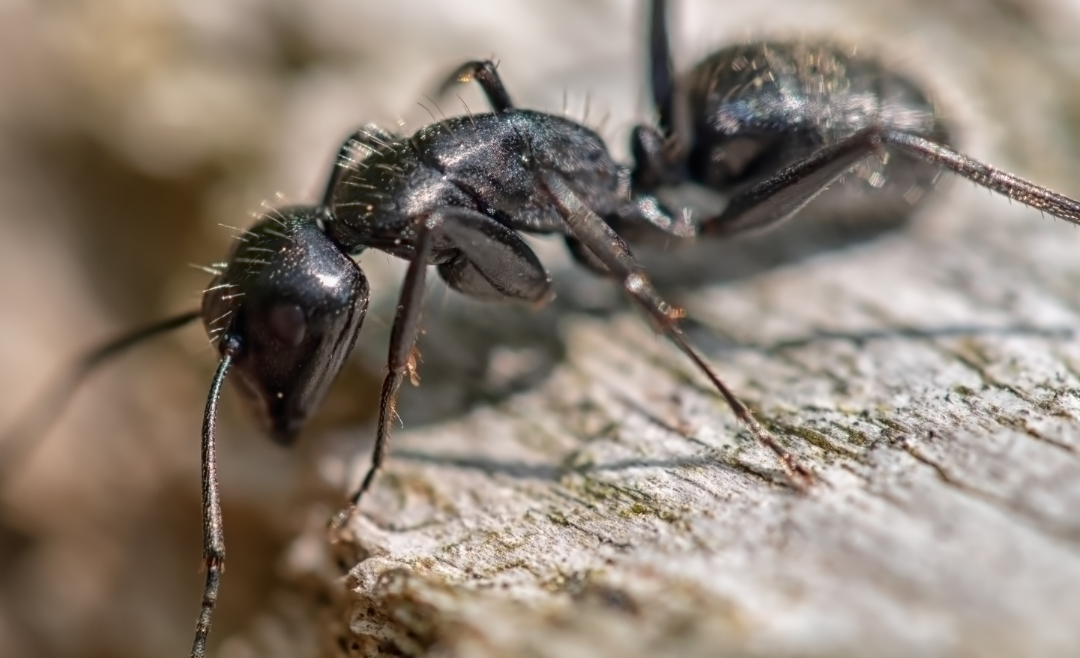Despite its size, the ant’s anatomy can be quite fascinating, with the body being composed of multiple parts, each with its own special function. The most common type of ant that you see out and about is the worker ant, and all of these workers are sterile females that are tasked with the upkeep of the colony.
The body
Let’s start with the body. The ant’s body has two segments known as mesosoma and gaster, connected by the petiole and post-petiole. The gaster is the posterior segment and the mesosoma is the middle segment. The middle segment is packed full of muscles which are attached to the ant’s legs. This is what allows ants to run so fast, and the little hooked claws at the end of each leg is what allows it to climb vertical surfaces.
The posterior of the ant contains the digestive system, the heart, and in some cases, the sting which is used to inject venom. Other species have an opening on their posterior, instead of a sting, which the ants use to spray acid. In order to use the sting or the spray, the ant will take advantage of the petiole and the post-petiole – the appendages between the two body segments. These appendages are unique to ants.
The head
Let us now take a look at the ant’s head. Ants sense information through their head, using a variety of senses through their antennae which can pick up information about taste, texture and smell. Ants have compound eyes which are composed of hundreds of lenses, with some species that need to hunt other insects having excellent vision, while others that live in complete darkness having little to no vision at all. Finally, you have the mandible, which ants use to grab objects, bite enemies or prey, crush, cut, dig, fight and hunt. Beneath the mandibles is the mouth, which is used for eating, and for grooming.
Dealing with an ant infestation
Most ant species are harmless, but there are some that are responsible for destruction to property, health hazards, and terrible smells in the home. If you have an ant infestation in your home, it’s best to call over a pest control specialist to determine the species and potentially get the infestation under control. If you would like to know more, or set up an appointment with a pest control specialist, contact us today.







